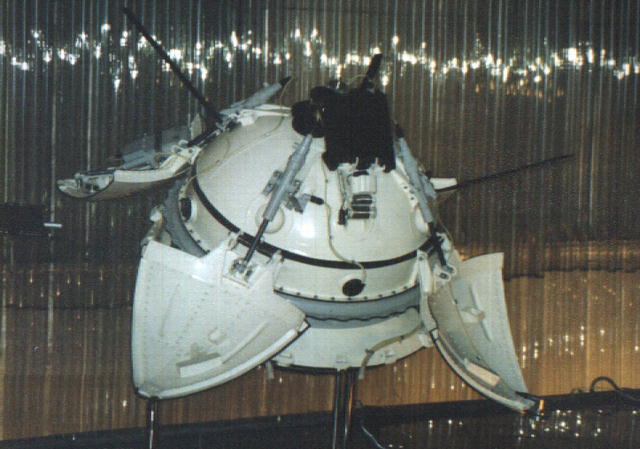Five years ago today — December 10, 2006 — the Space Shuttle Discovery launched from Kennedy Space Center on a mission to improve the electrical power subsystem on the International Space Station.

(The International Space Station as seen from STS-116. NASA image.)
Mission STS-116‘s crew consisted of U.S. astronauts William A. Oefelein, Joan E. Higginbotham, Mark L. Polansky, Robert L. Curbeam, Nicholas J.M. Patrick, and Sunita L. Williams, plus European Space Agency astronaut Christer Fuglesang of Sweden. With the exception of Williams, the crew spent 12 days in space; she, however, stayed aboard the ISS as the Expedition 14 flight engineer. ESA astronaut Thomas Reiter of Germany, previous ISS flight engineer, returned to Earth with STS-116.
From 1998 to 2006, the ISS had essentially been operating on a temporary power system. The STS-116 crew rectified that situation and prepared the station for its additional modules by rewiring the ISS … certainly not a complete “makeover” of the station, but in many ways an “extreme” one.


















